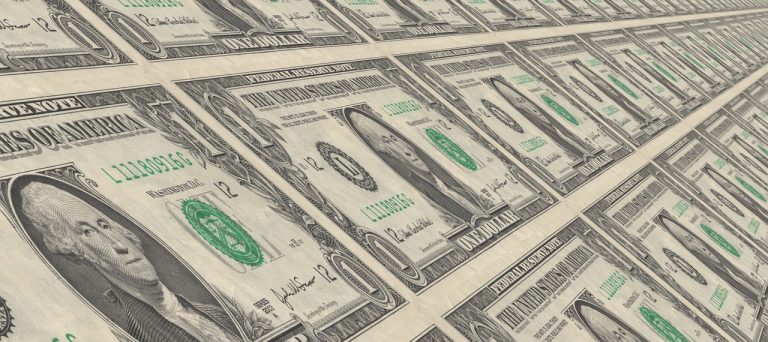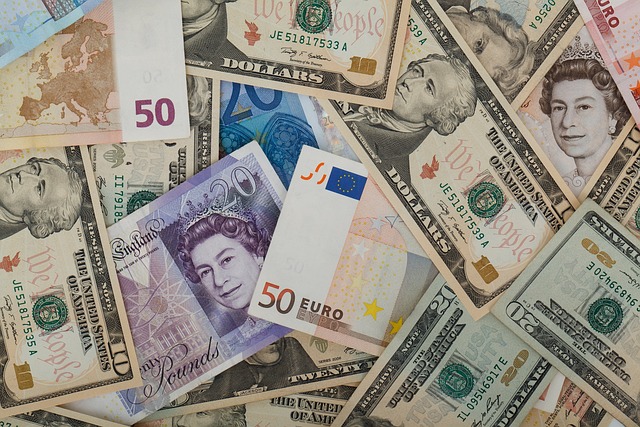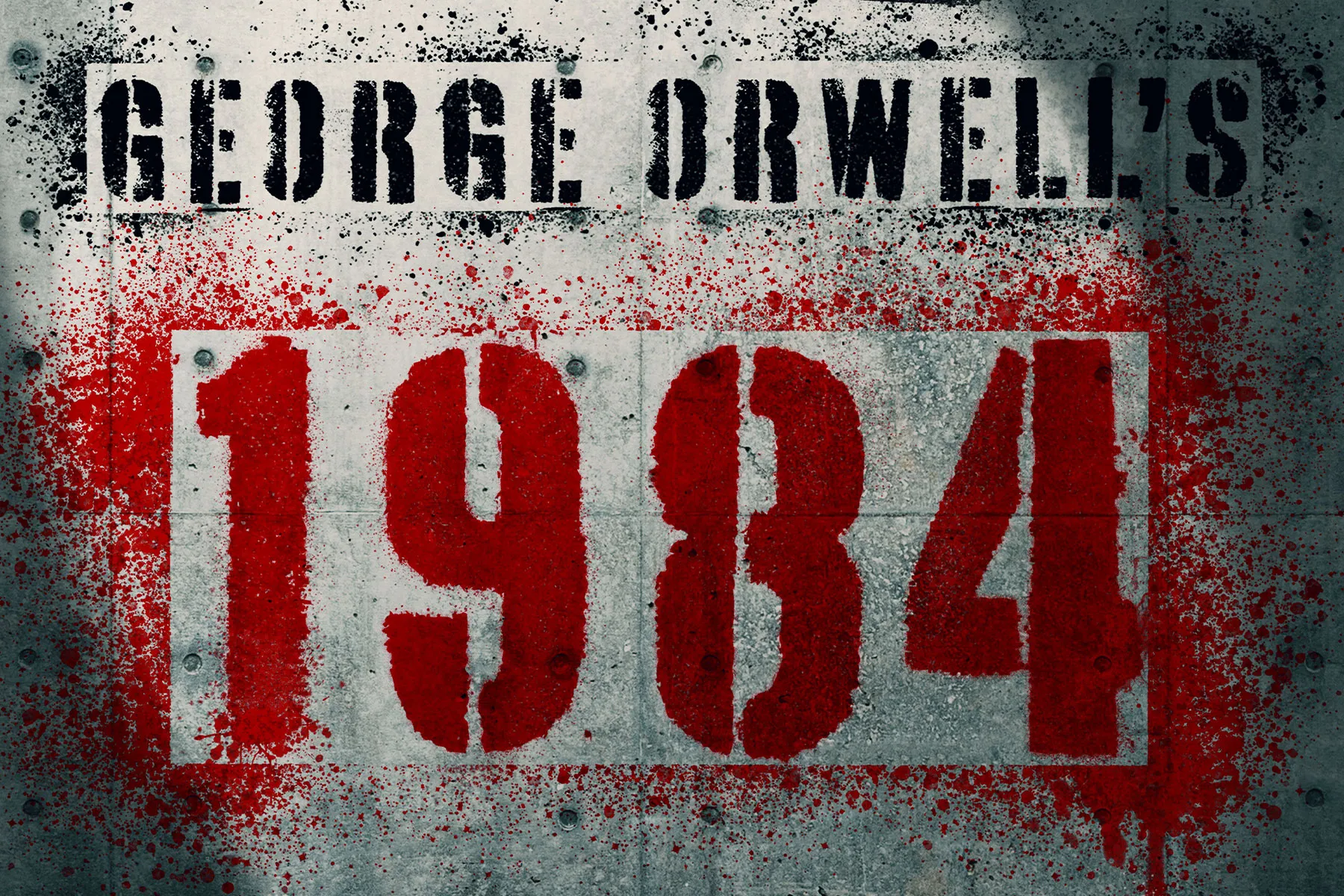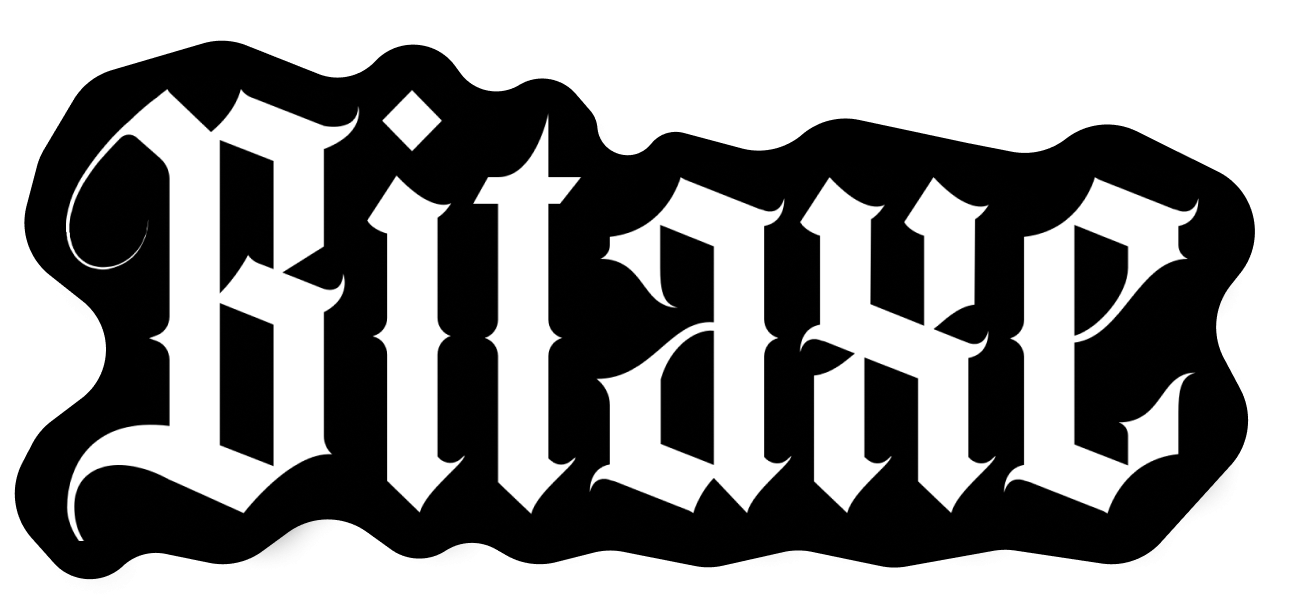97% Owned...

How money is created
There are several ways that money can be created in modern economies:
- Printing physical currency: This is typically the responsibility of the central bank of a country, and it is usually done to meet the demand for physical cash.
- Issuing digital currency: Some countries are experimenting with the use of digital currency, which can be issued and managed by the central bank.
- Fractional reserve banking: As I mentioned earlier, fractional reserve banking allows banks to create new money by lending out a portion of the deposits they receive. When a bank makes a loan, it creates new money in the form of the loan amount, which is then deposited into the borrower’s account.
- Monetary policy: Central banks can also influence the money supply by conducting open market operations, which involve buying and selling government securities in the open market.
- Cryptocurrencies: In recent years, there has been a rise in the use of cryptocurrencies, which are decentralized digital currencies that use encryption techniques to verify transactions. Some of these cryptocurrencies, such as Bitcoin, can be “mined” by solving complex mathematical problems, which creates new units of the currency.
What Is Fractional Reserve Banking?
Fractional reserve banking is a system in which banks are required to hold only a fraction of the deposits they receive as reserves, while the rest can be used for lending purposes. This means that banks can create new money by lending out a portion of the deposits they receive from customers. The practice of fractional reserve banking allows banks to increase the money supply and stimulate economic growth, but it also carries risks, such as the potential for runs on banks if too many depositors try to withdraw their funds at the same time. In most countries, fractional reserve banking is regulated by central banks, which set the minimum reserve requirements that banks must meet ( usually around 10 % 🤔…does it sounds like Ponzi scheme 🙄… .
In others words the all banking system is a Ponzi scheme! if there is withdrawal panic-run the all systeme collapse.
The debt-based economy
A debt-based economy system is one in which a country’s money supply is primarily created through borrowing from banks or other financial institutions. In this system, the government and individuals borrow money from banks, which in turn creates new money in the form of loans. This new money enters the economy as debt, and must be repaid with interest. As more and more debt is created, the money supply increases and inflation can occur.
This system is different from a gold standard or commodity-based economy, in which the money supply is limited by the amount of physical gold or other commodity that is available. In a debt-based economy, the money supply can grow indefinitely as long as there are willing borrowers and lenders.
However, the debt-based economy system also has its drawbacks, as an excessive amount of debt can lead to financial instability, inflation, and over time, currency devaluation. Additionally, the burden of debt repayment can inhibit economic growth and development, as individuals and businesses may have less disposable income or reduced access to credit.
The Ponzi scheme madness
The traditional banking system and the financial system as a whole create money and credit “from thin air” to a certain extent. When a bank makes a loan, it creates new money by crediting the borrower’s account with the loan amount. This new money enters circulation and can be used to make purchases or investments, which can stimulate economic activity.
The creation of money and credit in this way is not necessarily a problem, as long as it is done in a responsible manner. However, if banks create too much money and credit, it can lead to inflation, which is an increase in the general price level of goods and services. Inflation can erode the value of money over time and can have negative consequences for the economy.
It is also important to note that while the traditional banking system and the financial system as a whole create value in the sense that they facilitate economic activity and the exchange of goods and services, they do not create value in the same way that a company creates value by producing goods or providing services.
A financial bubble is a situation in which the price of an asset, such as a stock or a piece of real estate, becomes inflated far beyond its intrinsic value. This can occur when there is a rapid increase in demand for the asset, coupled with a limited supply, which drives up the price. Or when a rapide injection of liquidity occurs.
The stock market and the real estate market can both be sources of financial bubbles under certain circumstances. For example, if there is a lot of hype or speculation surrounding a particular stock or sector, it can lead to a bubble in the stock market.
These bubbles could be owned by investment funds that issue their own stocks that can also be speculated and hedged by insurance funds that also issue stocks that could be speculated…🤯
Nobody knows the limits of “magic money” and they are pushed more and more…
These documentary explain the complexity of money creation, the total control of it by the banks and the reason why despite their failure, government have to support them whatever the cost… “97% Owned”
Bitcoin is the opposite of a debt-based economy in that it is based on a decentralized, digital, and finite supply of coins. In contrast to traditional currency, which is created through borrowing, Bitcoin is created through a process called mining, where computer power is used to validate transactions on the Bitcoin network, and as a reward, new Bitcoins are added to the existing supply.
In a debt-based economy, the money supply is created through borrowing, and can grow indefinitely as long as there are willing borrowers and lenders. In a Bitcoin-based economy, the money supply is limited by the total number of Bitcoins that will ever exist, which is 21 million. This means that there will never be more Bitcoins created, and no one can control the money supply by simply creating more debt.
Additionally, Bitcoin operates on a decentralized network, meaning that it is not controlled by any central authority or government. Transactions are verified and processed by a network of users rather than a central bank. This allows Bitcoin to operate independently of the traditional financial system, which is often subject to government intervention and manipulation.
In summary, Bitcoin operates on a different economic model than debt-based economies. It is based on a decentralized, digital, and finite supply of coins, rather than a borrowing and debt-based model, where the money supply can grow indefinitely.









